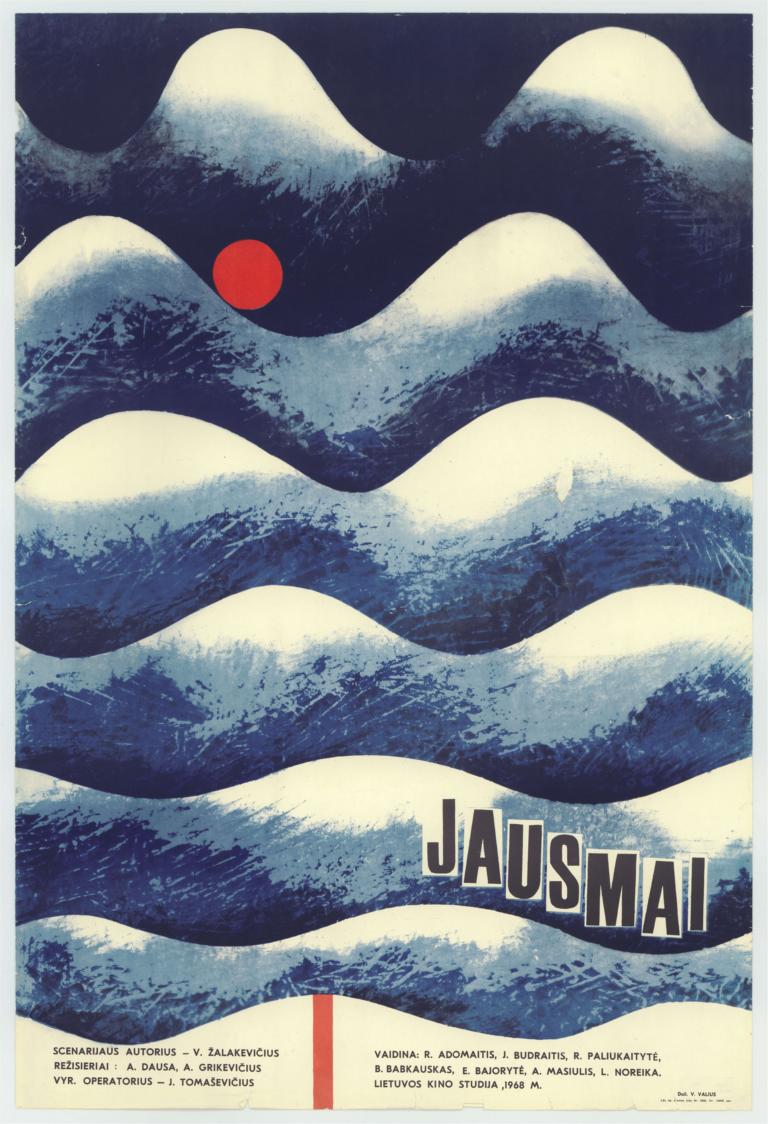The Curonian Spit (Lithuania)
The Curonian Spit (Lithuania)
The Curonian Spit is a unique 97-kilometre strip of land located between the Baltic Sea and the Curonian Lagoon. Formed over 5,000 years ago by sea currents, sand, and wind, this area has experienced a continuous struggle between natural elements throughout the centuries, resulting in an ever-changing landscape that has often had devastating effects on residents. However, it is this relentless interaction between natural forces – most notably sand and vegetation — that has shaped the Curonian Spit into a remarkable natural phenomenon.
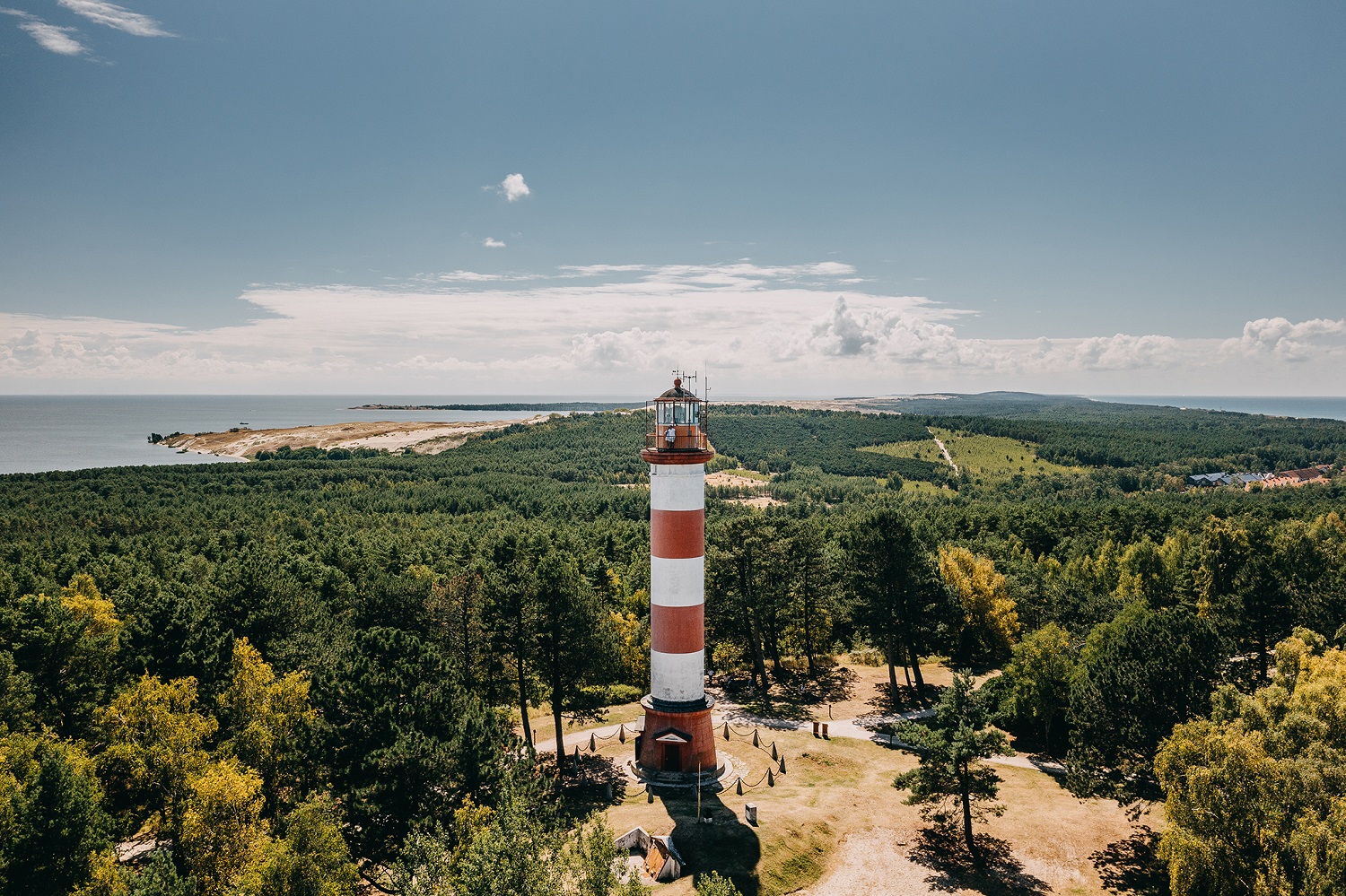
The Curonian Spit has captivated travelers and artists since its discovery. German novelist Thomas Mann was “seized by the indescribable peculiarity and beauty of nature, and the fantastic world of shifting dunes” during his first visit to Nida in the summer of 1929. He and his wife quickly decided to build a summer house there.
Previously explored in painting and photography, the iconic landscapes of the Curonian Spit – including traditional fishing villages, forests, and migrating dunes – have represented an exotic way of life intimately connected to nature. It has served as the setting for a handful of cinematic treasures and has become one of the most important landmarks of local film culture.
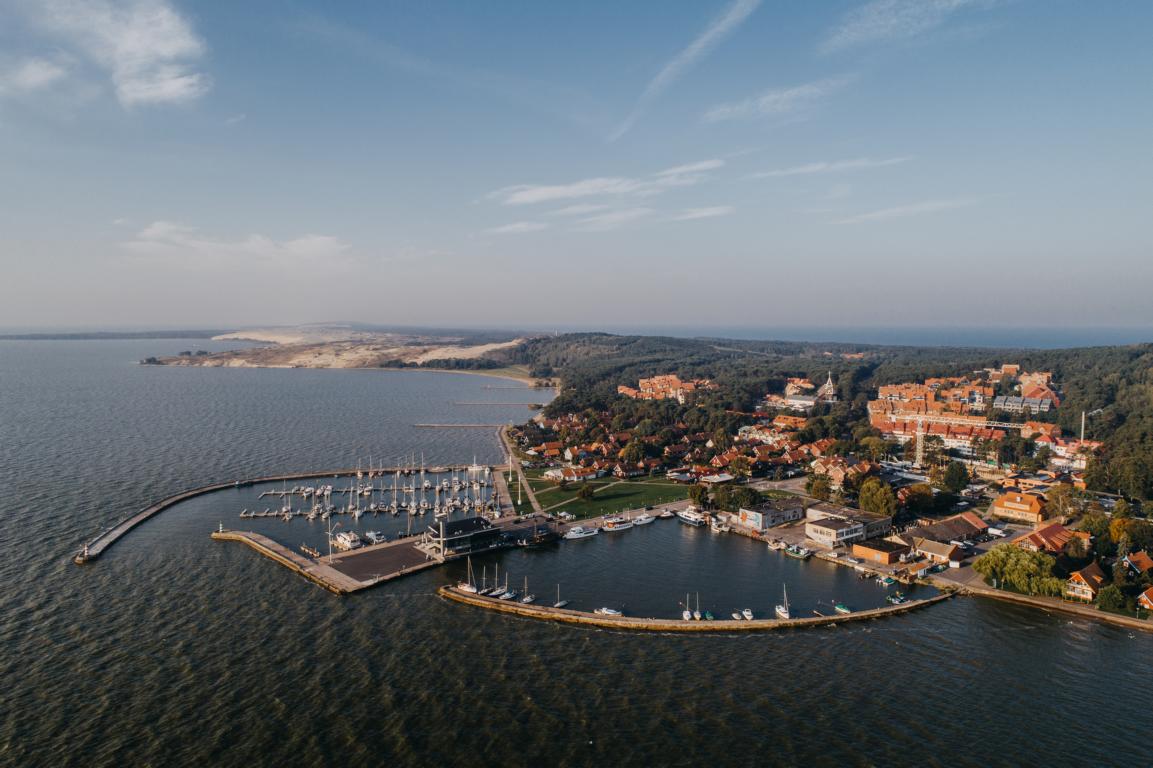
On screen, this strip of land is often portrayed as a remote and mysterious location, characterized by its vast wilderness and the ongoing struggle between natural forces and humanity.
In the 1930s, the Curonian Spit emerged as a popular filming location and a site of ideological conflict between Germany and interwar Lithuania, with the stronger German film industry gaining the upper hand. Its chameleonic nature allowed it to represent other places, including Ancient Greece in Leni Riefenstahl’s OLYMPIA (1938). This versatility has continued to attract filmmakers across various themes, genres, and styles.
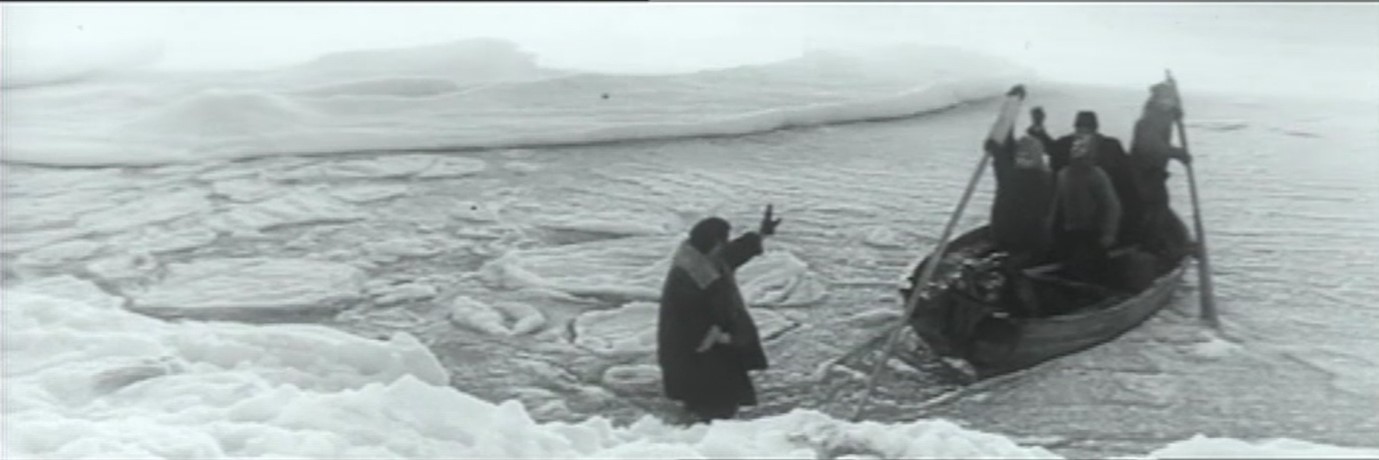
The Curonian Spit served as the setting for FEELINGS (1968), directed by Almantas Grikevičius and Algirdas Dausa, now considered the greatest Lithuanian film of all time. Another significant film in Lithuanian cinematic history, SMALL CONFESSION (1971), directed by Algirdas Araminas, was also shot here.
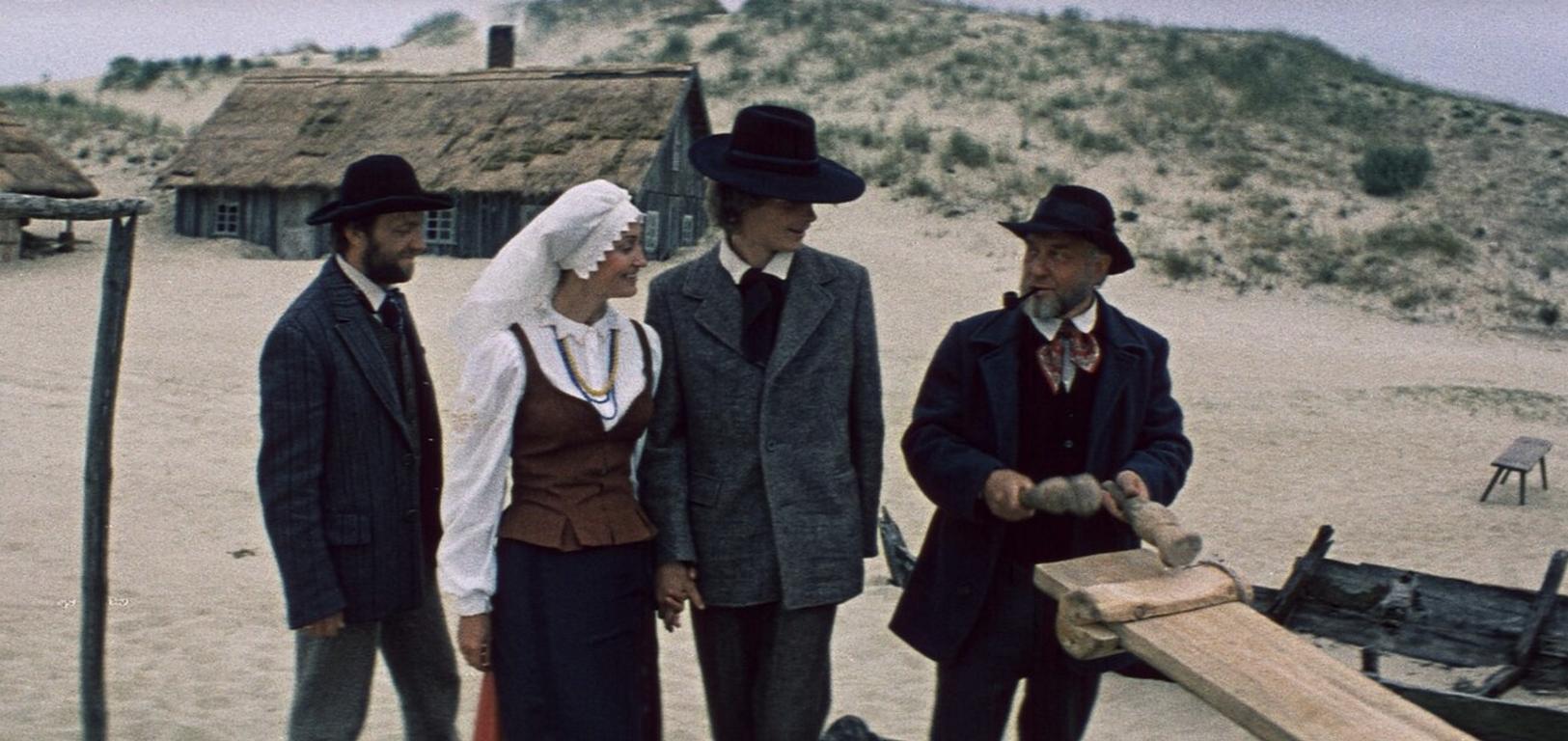
Some later examples include two films by Algimantas Puipa: the philosophical parable A WOMAN AND HER FOUR MEN (1983) and the period drama ELZE’S LIFE (2000), which explores the region’s turbulent history and multi-ethnic past.
